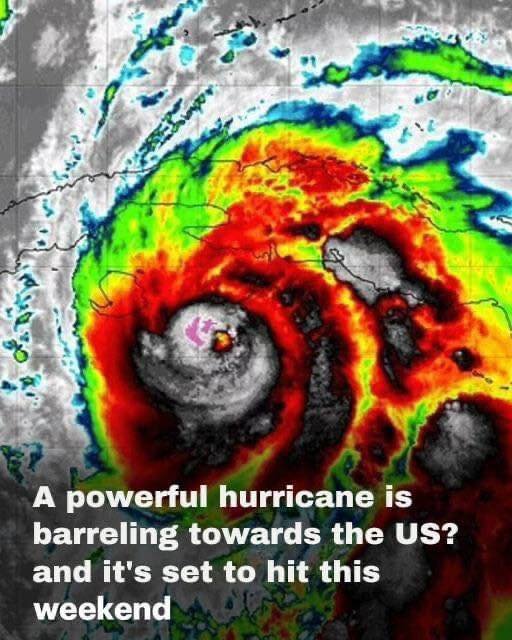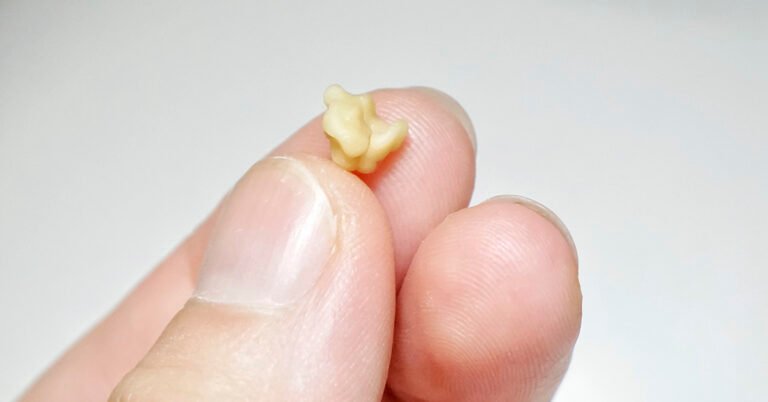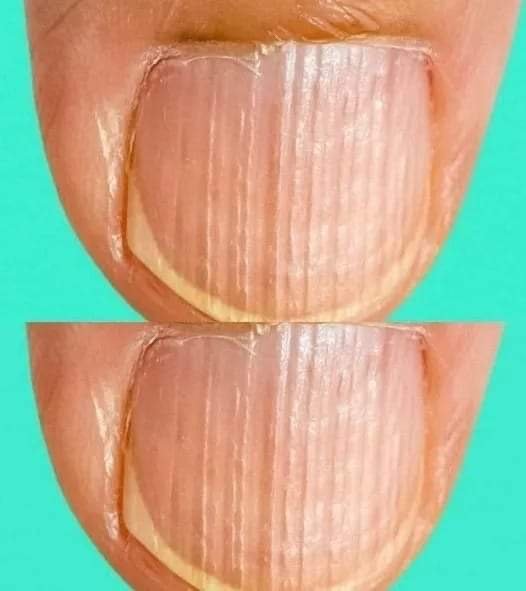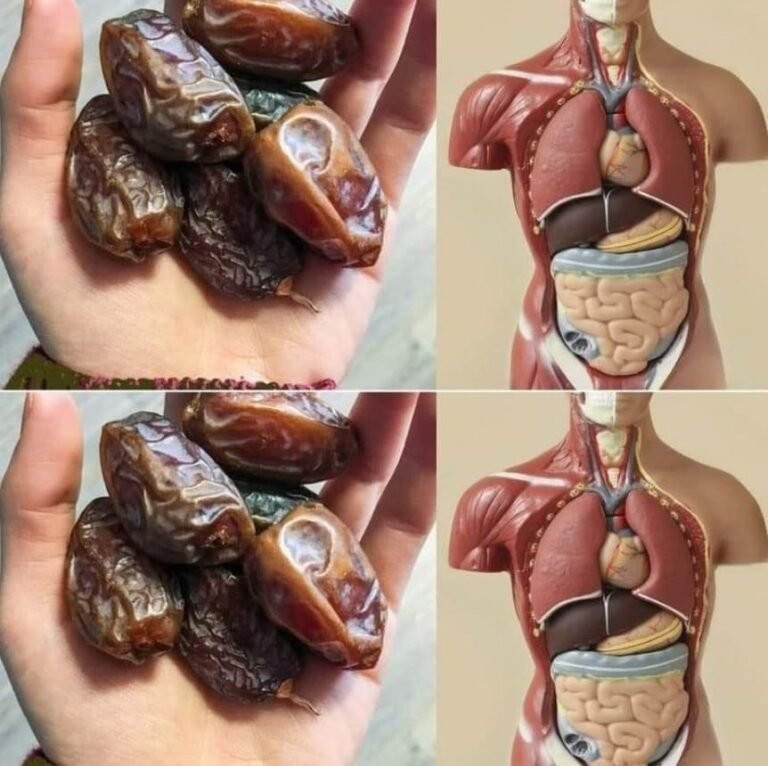Rafael was upgraded to a hurricane on Tuesday night and is set to pass over the Cayman Islands after it passed near Jamaica earlier in the day, according to the National Hurricane Center.
As of 7 p.m. ET Tuesday, Rafael was about 25 miles southeast of Little Cayman and had maximum sustained winds of 75 mph with stronger gusts.
According to the hurricane center, the storm is expected to move northwest over the following two to three days and reach western Cuba by Wednesday.
“Steady to rapid intensification is forecast over the next 24 hours or so,” the hurricane center said in its advisory Tuesday afternoon, adding that the storm is projected to be near or over Cuba on Wednesday night.
Hurricane Rafael path tracker
This forecast track shows the storm center’s most likely path. The storm’s center is likely to move outside the cone up to 33% of the time, and it does not depict the storm’s entire width or its effects.
Hurricane Rafael spaghetti models
A variety of forecast methods and models are used in the illustrations, and not all of them are made equal. The hurricane center only uses the top four or five models to assist in forecasting.
‘Tropical storm conditions’ expected in Cuba, parts of Florida
By Tuesday evening, the Cayman Islands are predicted to experience hurricane conditions. On Wednesday and Wednesday night, tropical storm conditions are predicted for the lower and middle Florida Keys as well as portions of west-central Cuba.
Rainfall totals of 3 to 6 inches were predicted for parts of Jamaica, the Cayman Islands, and the southern and western parts of Cuba, with isolated totals of up to 10 inches in higher terrain.
During the middle to late portion of the week, the rain will move north into Florida and other parts of the southeastern U.S. The hurricane center predicts that the Lower and Middle Florida Keys will receive 1 to 3 inches of rain.
UPDATE
After striking the island as a Category 3 hurricane and destroying its electrical grid, Hurricane Rafael withdrew from Cuba on Thursday morning.
The threat to Mexico’s Gulf Coast is growing, but the hazard to the United States is decreasing due to a major change in the storm’s anticipated path.
After passing over Cuba, Rafael, now a Category 2 storm, made landfall in the Gulf of Mexico on Wednesday night.
It is expected to continue its westward trajectory across the southern Gulf into the weekend. The storm will not make landfall as a weakened storm until early next week; it will remain in the Gulf for days.
As cleanup efforts begin, rain is expected to continue for the majority of Thursday, even if Rafael’s worst wind in Cuba ceased early.
The hurricane was the biggest this late in the year since 2020 and the fifth significant hurricane in the Atlantic this year, causing the island’s power grid to collapse.
Before making landfall in Cuba late Wednesday afternoon, the hurricane quickly grew stronger. Rafael is the ninth storm to swiftly intensify in the Atlantic basin this year; rapid intensification is becoming more common as the atmosphere and oceans warm as a result of pollution from fossil fuels.
Cuba is without power
Rafael, the second hurricane to strike Cuba in recent weeks and the first Category 3 storm to strike the island since Ian in 2022, dealt a catastrophic blow.
As Rafael got closer to the island, severe winds caused the national power infrastructure to collapse, according to government officials on Wednesday.
The head of the Electric Union’s national dispatch, Félix Estrada Rodríguez, told state television, “We had multiple trips of the load of the system in the western zone that caused oscillations in the frequency of the system and caused it to collapse completely.”
Videos of the aftermath showed electricity poles down on streets and power infrastructure in a twisted mess, though it is unknown how much damage was done and how much of an impact it had.
According to official media, hundreds of specialists were called in on Thursday to restore electricity connections.
The nation’s electrical grid has failed several times, most notably during Hurricane Oscar in October, which claimed the lives of at least seven people.
Cuban President Miguel Diaz-Canel stated on X that the storm had a significant effect on Artemisa, Mayabeque, and Havana.
Additionally, Diaz-Canel declared that he will personally supervise recovery efforts in the impacted areas.
Prior to landfall, thousands of people in the western province of Artemisa were evacuated from coastal areas, according to state television officials. Rafael’s core landed in the province, just east of Playa Majana.
Western and central provinces were placed under a condition of concern by the Cuban civil defense, which advised residents to restrict their travel.
On Wednesday afternoon, Havana’s normally busy streets were almost deserted. According to NOAA data, Rafael is the fiercest storm to hit the northwest Caribbean in November since 2009.
Significant shifts in Rafael’s course
Rafael initially appeared to have the potential to make a direct course for the United States, much like the five storms that came before it this year.
Parts of the Louisiana shore were included in the storm’s track forecast cone in the National Hurricane Center’s original forecast.
The forecast confidence has finally grown now that the storm is in the Gulf, and Rafael is predicted to stay in the southern Gulf of Mexico for the next few days instead of moving north and getting close to the US Gulf Coast.
Because of this, the cone has drifted far to the west, and the US is mostly safe, with the exception of parts of southern Texas.
Rafael’s final course could still change slightly in the days ahead, but the Gulf Coast of Mexico remains most vulnerable.
Rafael will likely return to tropical storm strength by the beginning of next week, long before landfall, after being battered by storm-disturbing winds over the weekend.
Over the next few days, Rafael will cause strong seas to churn up over the Gulf, which will have an indirect effect on the US Gulf Coast. Rip currents can also be dangerous.
Hurricane analyst Michael Lowry said Rafael was only the sixth hurricane to hit the Gulf of Mexico in November since 1966 when it made landfall Wednesday night.
Ahead to Rafael’s arrival, Chevron said that it was bringing all employees to shore and stopping production at oil rigs in the Gulf of Mexico.
Shell and BP both issued news statements stating that they had removed certain non-essential personnel from a number of drilling platforms.



